Objectif de développement durable 4
Depuis l’adoption des Objectifs de développement durable (ODD), l’ISU est clairement reconnu comme « la source officielle de données comparables au plan international sur l’éducation », comme le confirme le Cadre d’action Éducation 2030.
